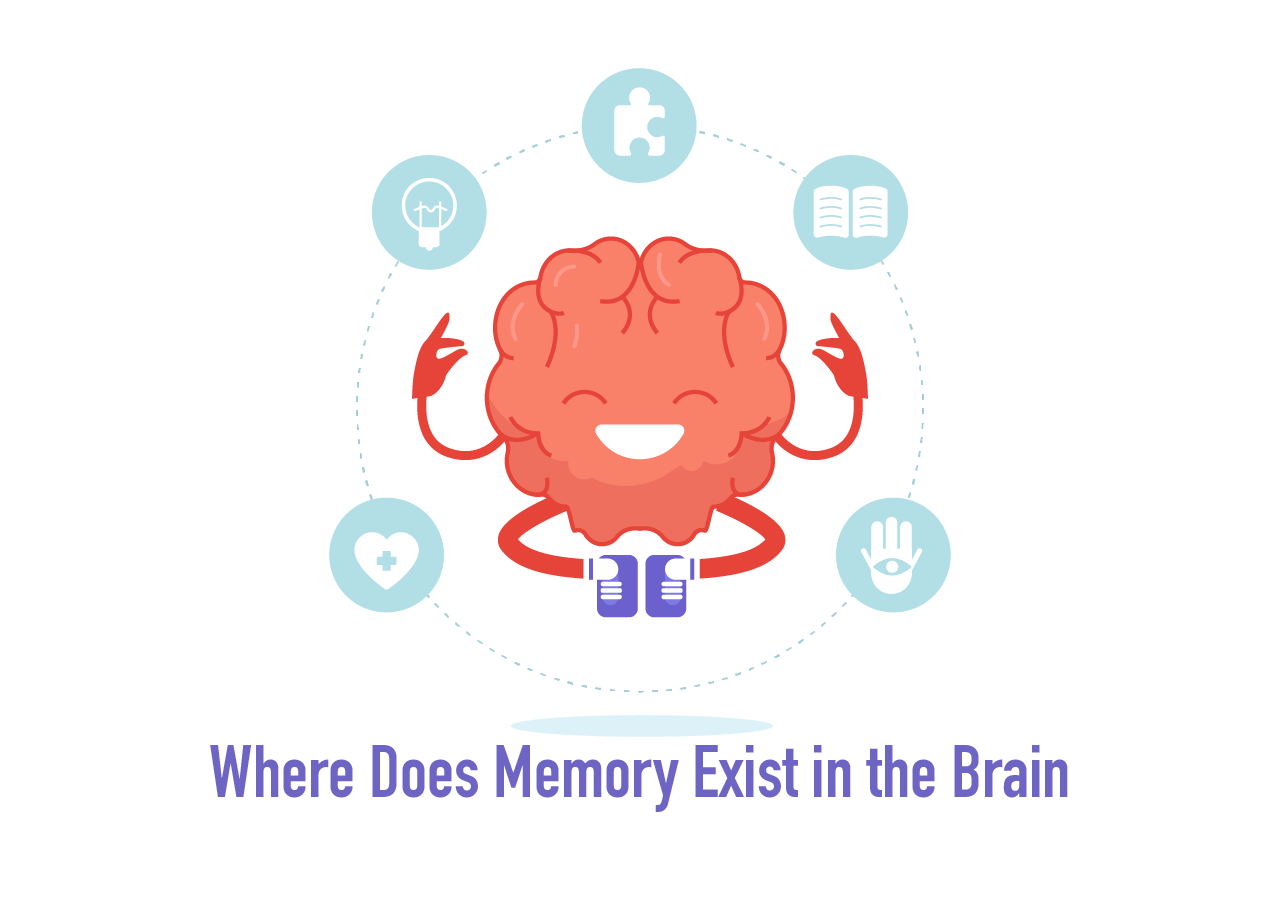
Contents
The Human Brain Memory
All parts of the human body are vital, but the brain is the most important one. Without the mind, we will not be able to function at all! The mind is the center of the nervous system and allows us to not only collect information but also give meaning to it and store it for future use. The brain structure is complex making it difficult to understand it as whole.
There are many parts of the brain with many functions. One of the functions is the memory. Memory refers to all processes as well as structures that are involved in storing and retrieving information in the human brain memory. The ability to this is an important aspect that contributes to the functionality of a person. In this guide, we are going to look at what goes on in the human brain memory using brain anatomy. You can see the brain structure and function in this article.

Brain Structure and Function
The right answer is that there are no specific parts of the brain that stores memory. That’s now how the brain works. So what part of the brain controls memory? In actuality, memory is distributed across the brain regions. The brain structure and function serve the purpose of storing and processing information. However, to understand this, keep in mind that the term memory refers to not just one but several cognitive processes.
For example, the declarative memory has more to do with associations between concepts. There are cells in the brain called neurons that form connections with each other. The stronger the connections are, the better the flow of information will be. But some specific brain structures and functions are useful when storing certain types of memory.
Which includes the hippocampus that is involved in converting short-term memory to long-term memories, the amygdala that stores memory associated with fear or anxiety and the cerebral cortex which is the most substantial part of the brain that plays a crucial role in memory and attention.

How Much Information Can The Brain Store?
Do you always wonder how much information the brain can store? According to Neuroscientists, a human brain storage capacity is approximately between 10 and 100 terabytes. Very simple mathematics help them to determine this. The brain contains about 100 billion neutrons which make a thousand connections that represent 1000 possible synapses and which do the actual data storage.
If you multiply those 100 billion neutrons by the 1000 connections, you get about 100 terabytes of information. But these calculations are based on assumptions. That is why many people tend to rule them out. However, the truth is a human brain can store trillions of information but it’s not infinite.
The brain structure and function can continually handle a large amount of information that we learn in our daily lives. Although because of some factors such as our limited attention, we tend to limit how much we can learn.

How Does the Brain Store and Retrieve Memories?
The storage process is not a simple one. First, the senses record the event like for example hearing a gunshot or tasting an apple. These stimuli are called sensory memory. Then the information follows a neural pathway as an electrical impulse. When these impulses reach the end of the nerve, neurotransmitters are made active which send the message across the nerve cells called synapses and to the brain cell.
If you need to use the information immediately, the brain then stores these incidences in the short term memory. Here, your concentration matters. If you were very attentive enough to remember what happened, the memory is called short-term memory. Research suggests that short-term memories are stored in the memory center of the brain. These memories are detailed but can only be remembered fully for a short period.
When it comes to storing long-term memory, the process is a bit different. The brain defines information from the short-term memory and makes it ready for storage by linking it to similar memories. The process also involves changes in the brain structure and function which can come in different forms.
The more typical change is the one that occurs when the strength of connections between neurons change. An example, imagine there was a mix up in the neurons that encode emotions and place such that they fire up together during a wrong incident.
Conclusion
So it will always be whenever the neurons of a place are activated, the emotions one are also retrieved. Long-term memory can hold information for years and years.
If we want to retrieve long-term memories the brain needs to revisit the nerve pathways. Stronger pathways make it easy for us to remember the event as opposed to weaker ones. However, it’s important to note that the brain does not retrieve a memory, but instead, it mixes it mixes the actual memories with false memories which you feel are right.
If you try to recall events from your long-term memory, it will be in pieces, and after a few years, all you can remember is just the main event only.
The brain structure and function are a bit complex to understand. And even the scientists themselves are still doing further researches to help us understand it fully. But because it is a very vital part of our bodies, then we must take proper care of it to keep it functioning.





